Jasmine: definition, how to grow it, diseases, care for it
Introduction to jasmine
Jasmines are evergreen or deciduous climbers with twining stems. It can be flowering in summer or winter, with white, yellow, and sometimes red and pink flowers.
- Jasmine is used on the skin for skin diseases (the severity of skin problems such as redness and rashes is reduced if its oil is applied to the skin... The skin’s immunity and resistance to diseases increases if jasmine flower oil is applied regularly to the skin, because it contains antibacterial and antiviral properties)
- Accelerate wound healing
- Jasmine is inhaled to improve mood, reduce stress, and reduce food cravings.
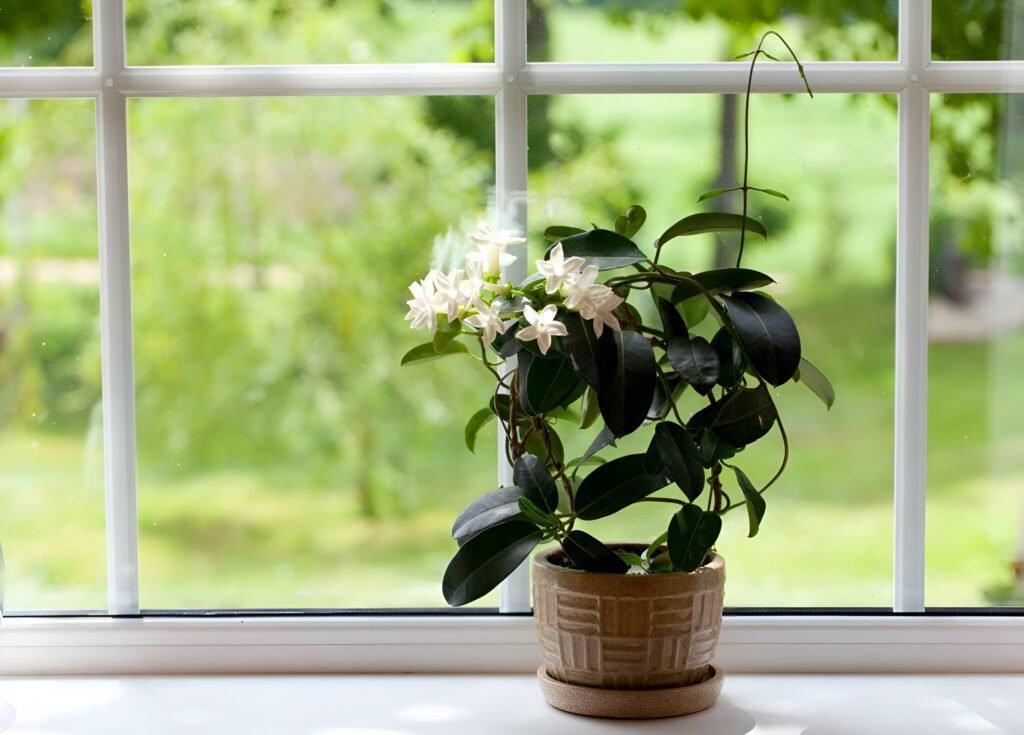
Basic care guide
The most common types are:
Common jasmine (Jasmin um officinale), a vigorous climber with small, fragrant white flowers in summer
Winter jasmine (J. nudiflorum), a shrub with small, bright yellow (unscented) flowers in winter and early spring
Chinese jasmine (J. polyanthum), a houseplant with very fragrant white flowers, blooming from pink buds, in late winter and spring
- humile – semi-evergreen shrub with yellow flowers in summer, may not be very hardy, so is often grown as a hedge tree
- The original homeland : The Caucasus and parts of Asia
– Nickname : It is a medieval Latin name for the Persian name yasmin
- Platoon Oleaceae
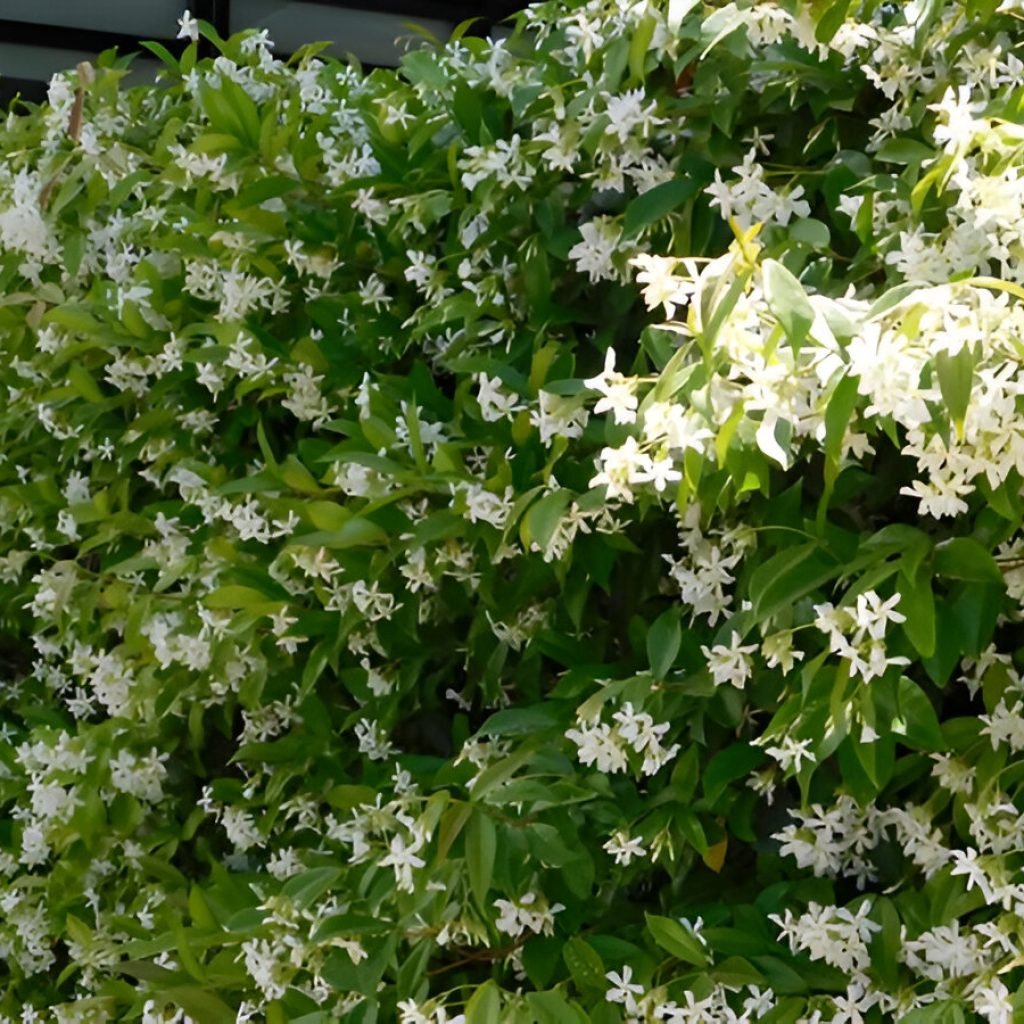
The amount of water needed
Jasmine flowers in the ground should be watered once a week. If the weather is unusually dry or hot, increase the frequency, but let the soil dry out in between. If your jasmine is in a container, it will likely need watering several times each week, especially in the hotter months. Water it once the top 1 inch of soil is dry.
Suitable living conditions
Prefers a moderate climate throughout the year
- If winter temperatures are expected to drop below -25°C, it is important to provide protection from the cold. This can be achieved by wrapping the trunk and branches with materials such as cloth.
- When the temperature exceeds 41 degrees Celsius, the plant’s leaves may become lighter in color, the tips may become dry and withered, and the plant becomes more susceptible to sunburn (cut the sunburned and dried-out parts. Water the plant in the morning).
Suitable lighting for him:
- Temperatures
It is native to environments where the temperature typically ranges from 50 to 95 degrees F (10 to 35 degrees C).
- Suitable lighting for him
Jasmine grows in full sun to partial shade areas, usually about 6 or more hours of direct sunlight per day for full sun, and 2-4 hours per day for partial shade.
Summer flowering varieties do best in a sunny area
Jasmine has few soil requirements: it likes moderately fertile, loamy, sandy, moisture-retaining but well-drained soil with a moderate, alkaline or neutral pH.
- Municipal fertilizer or compost can be added to improve soil properties and for better growth.
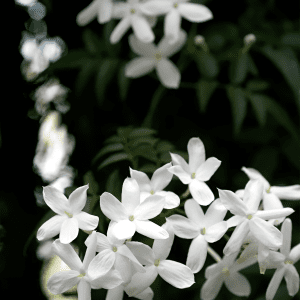
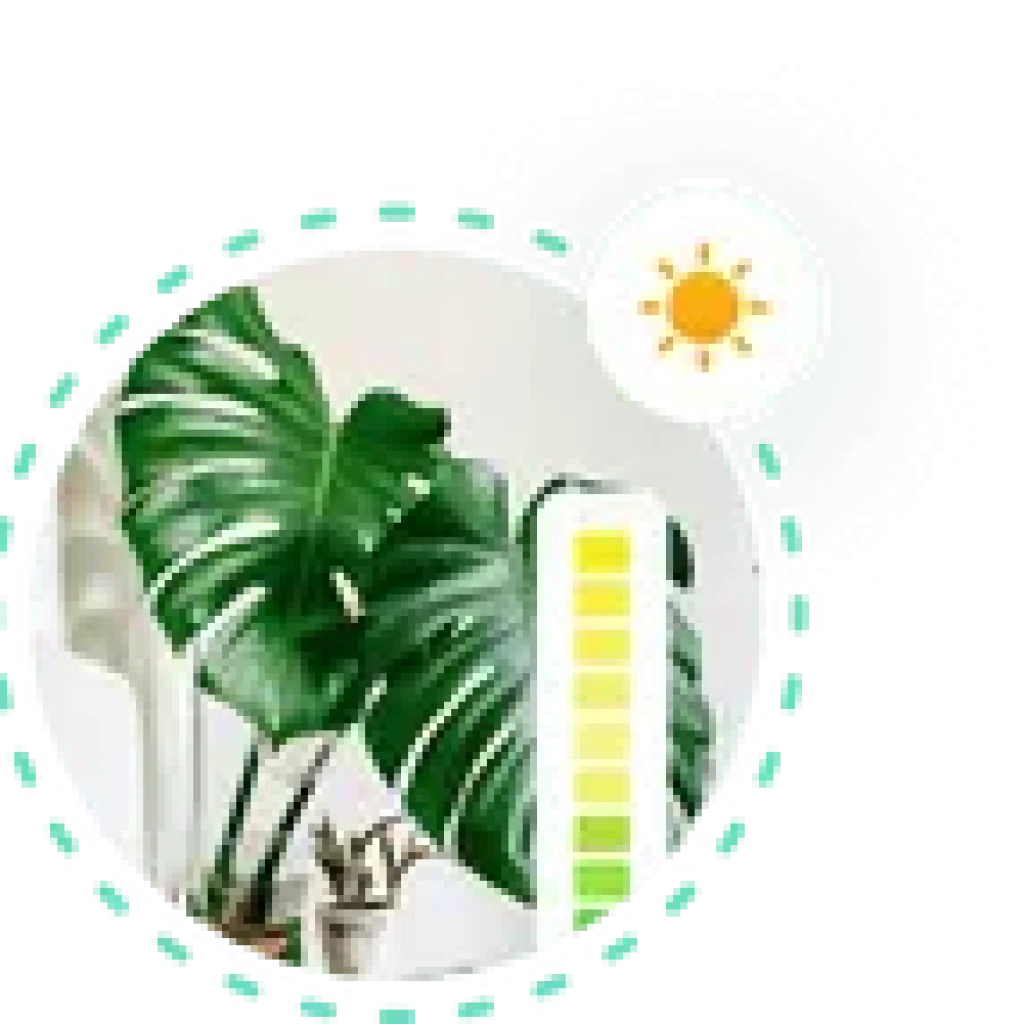
Find out what light your plants are actually getting.
Find the best locations for them to improve their health, simply using your phone.
Fertilization care
- Fertilizer dosage is applied in the form of Nitrogen at a rate of 60 g/plant, K2O at a rate of 120 g/plant and P2O5 at a rate of 120 g/plant.
- The first dose is given in January, then the second dose in July. .
- Zinc is sprayed at 0.25% and Magnesium at 0.5% to increase flower yield. To prevent iron deficiency, FeSO 4 is sprayed at a rate of 5 g/L at monthly intervals.
How to plant seeds
- Soak the seeds 24 hours before sowing.
- Fill your pots (seedling pots) with soil and water the soil.
- Plant one seed in each pot.
- Cover with plastic and place in direct sunlight.
- Keep the soil moist.
- When the seedlings grow a couple of true leaves, plant them in a large basin.
- Plant outside after one month.
Pruning
- Pruning annually helps keep jasmine plants healthy and vibrant, keeping the flowers lower where their scent can be enjoyed. Pruning may also be necessary to keep them within their allotted space, and prevent growth from becoming sparse, tangled or crowded.
- Cut the flowering stems back to a strong side stem at the bottom. Also thin out any overcrowded or damaged shoots, and remove any weak or thin stems.
- Pruning after flowering gives new growth time to mature and flower at the beginning of the following season
- Root rot: Symptoms are the appearance of brown blisters that appear on the lower surface of the leaves and sometimes appear on the stems and flowers. Treatment: The soil is soaked with copper oxychloride at a rate of 2.5 g/l.
- Budworm: They are the larvae of the moth that destroys the plant. Treatment: Monocrotophos 36 WSC is sprayed at a rate of 2 ml/liter.
- Red spider mite: Symptoms are spots on the upper surface of leaves. The leaves begin to lose their color and eventually fall... Treatment: Sulfur 50% WP is sprayed at a rate of 2 g/L
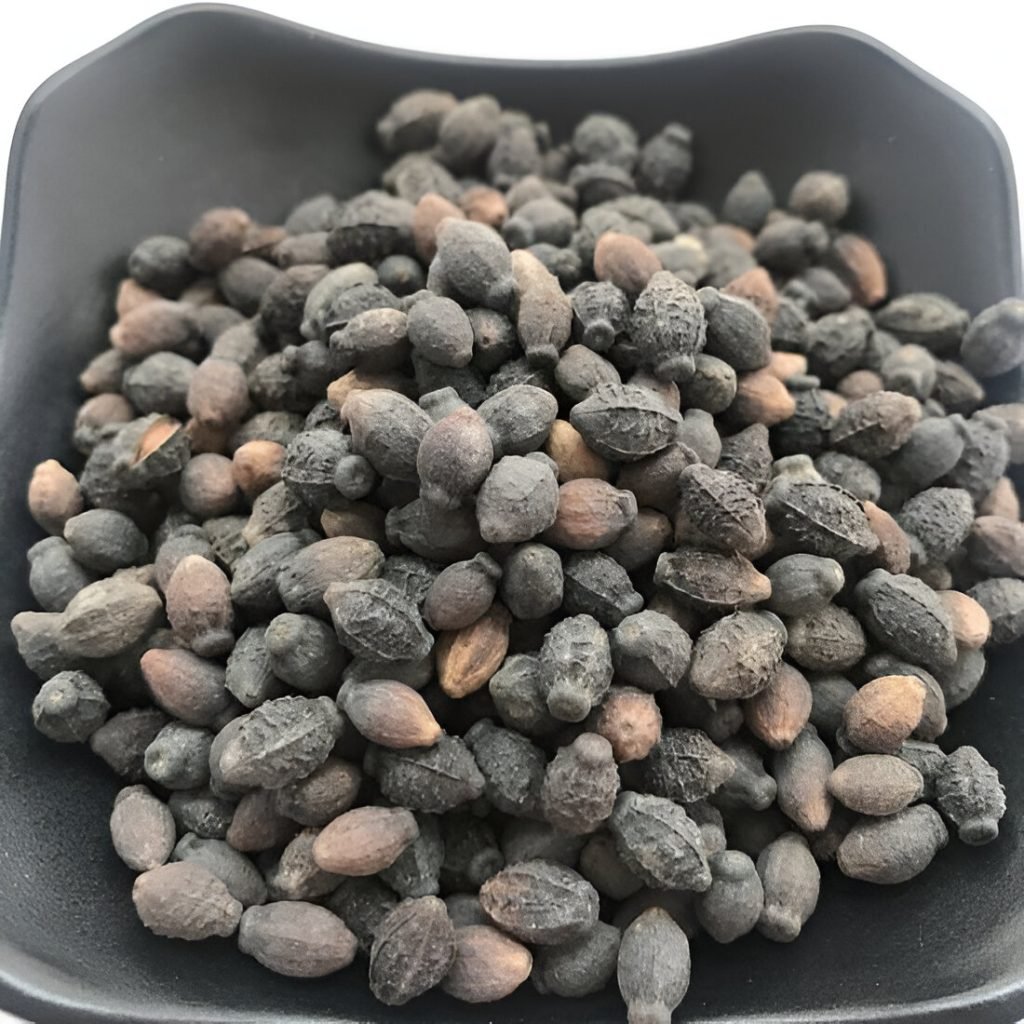
Suggested use
- The fragrance of jasmine flowers is one of the most desirable scents.
- It is included in most cosmetics such as facial soap, facial powders, and many others.
- It is used to cover the smells of insecticides that are used in the form of sprays, especially for household insects such as mosquitoes and flies.
- Jasmine can be pruned and used as hedging plants.
- Jasmine is a nice addition to your garden.
Suitable planting time
Anytime between June and November.
additional information
- Plant age
10-15 years
- Plant height
20-30 feet (6-9 m.)
- Flowering stage
Within 6 months after transplantation



